Published on: October 13, 2023 Updated on: February 15, 2024
AI Dream Decoder Guide: Understanding our Night Visions
Author: Inge von Aulock
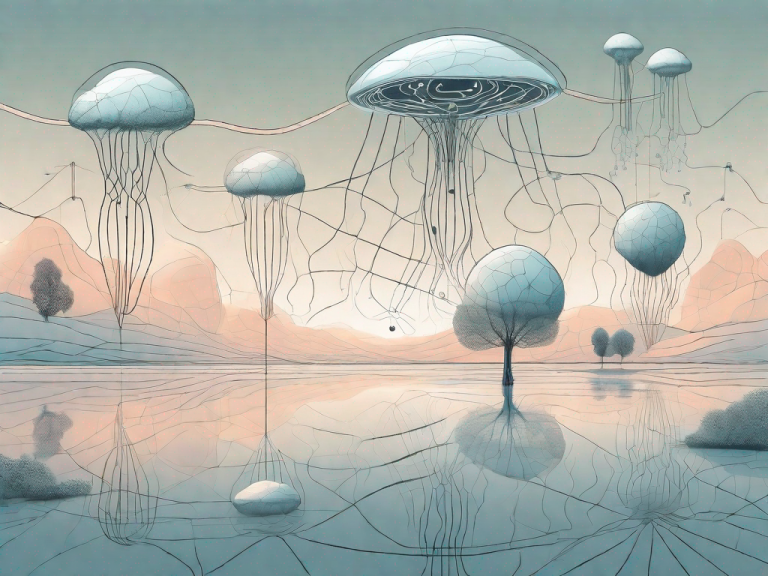
Dreams have always held a mysterious allure. They offer glimpses into the depths of our subconscious minds, revealing hidden desires, fears, and emotions. Throughout history, humans have sought to unravel the meaning behind their dreams, often turning to various methods of interpretation.
But now, with the advent of AI dream decoding, we have a powerful tool that can analyze and decipher the complexities of our nighttime visions like never before and we can begin to understand what our dreams represent.
Understanding the concept of dream decoding
Dream decoding involves the interpretation of the types of dreams, symbols, themes, and emotions that arise during sleep. It aims to uncover the underlying messages and provide insights into our innermost thoughts and feelings. Psychologists and researchers have long believed that dreams serve as a bridge between our conscious and unconscious minds, making them invaluable for understanding ourselves.
When we delve into the world of dream decoding, we embark on a journey through the enigmatic realm of the subconscious. It’s a realm where the boundaries of real life blur, and the imagination takes flight. Each dream is like a puzzle waiting to be solved, with its own unique combination of symbols and emotions.
The science behind dreams
Scientists attribute dreams to the brain’s processing and consolidation of information gathered during the day. As we sleep, our brains create a narrative from these fragments, often drawing from our memories, experiences, and emotions. This complex interplay of neural activity gives rise to the vivid and sometimes puzzling scenarios and characters we encounter in our dreams.
Imagine your brain as a master storyteller, weaving together fragments of your daily experiences into a tapestry of dreams. It takes seemingly unrelated events, people, and objects and combines them in a way that only the subconscious mind can comprehend. In this area, the laws of physics and logic bend, giving rise to fantastical landscapes and improbable scenarios that often make us question what our dream means the next morning.
The role of AI in dream analysis
AI technology has revolutionized dream analysis by providing a systematic and data-driven approach. Using machine learning algorithms and neural networks, artificial intelligence can make connections and identify patterns that can be missed by human interpretation alone. This unbiased analysis offers a fresh perspective, unlocking a deeper understanding of our dreams.
Imagine having a digital dream analyst at your disposal, capable of sifting through the vast amount of data generated by your dreams. This AI-powered dream decoder can analyze the content of your dreams, providing you with a comprehensive analysis of each component’s significance. It can uncover hidden patterns and recurring motifs, shedding light on the deeper meaning behind your dreams.
With the help of AI, dream decoding becomes a collaborative effort between human intuition and technological prowess. It merges the art of interpretation with the power of data analysis, offering a holistic approach to understanding the complexities of the human mind.
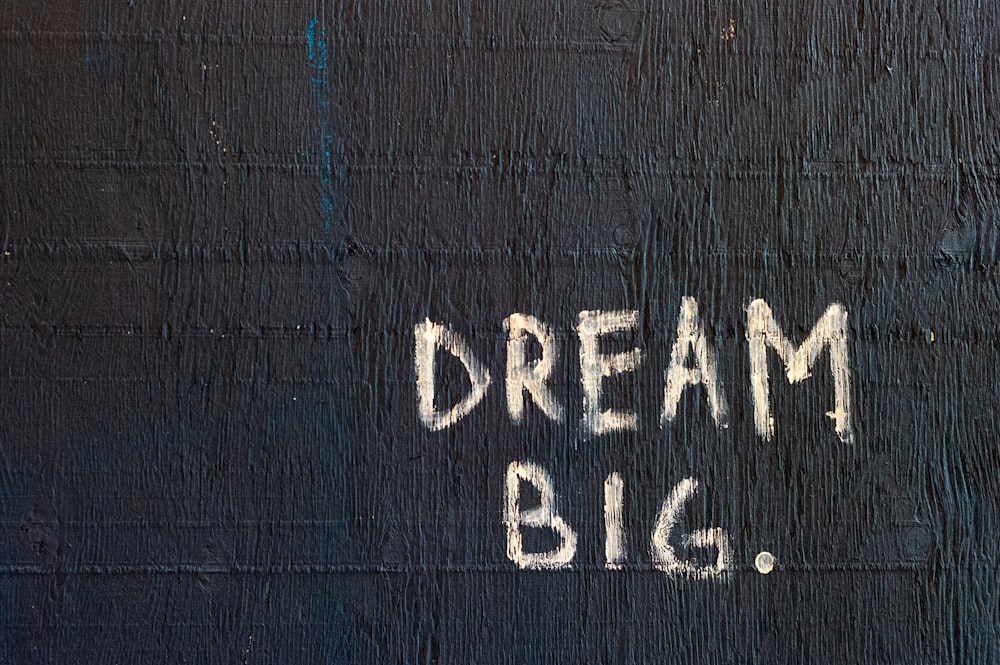
The mechanism of AI dream decoding
AI interprets dreams by analyzing vast amounts of data collected from dream journals, research studies, and personal accounts. This data provides the AI with a comprehensive understanding of the symbolism, themes, and emotions commonly associated with different dream scenarios. By comparing a user’s dream content against this extensive database, the AI can generate personalized interpretations.
But how exactly does AI go about interpreting dreams? Let’s dive deeper into the process.
How AI interprets dream symbols
Through natural language processing and semantic analysis, AI can make sense of the language used to describe dreams. It can recognize recurring elements, enabling it to offer insightful interpretations that resonate with the dreamer.
Imagine you had a dream about flying. AI would not only recognize the word “flying” but also understand the symbolic meaning behind it and how it might represent feelings of independence. Dream decoders feature a dream dictionary exactly for this purpose. It would be able to connect this symbol to the dreamer’s emotions and experiences, providing a more nuanced interpretation.
Furthermore, AI’s ability to draw connections between different elements of a dream and different dream images can reveal underlying patterns and themes that may have gone unnoticed by the dreamer. It can identify correlations between specific dream symbols and emotions, shedding light on the dream’s deeper meaning.
For example, if a dreamer frequently dreams about water and also experiences feelings of anxiety, AI might interpret this as a subconscious representation of the dreamer’s emotional state. The idea of water symbolizes the dreamer’s emotions, and the anxiety reflects their underlying stress or unease.
The accuracy of AI in dream decoding
While AI dream decoding has shown significant promise, its accuracy must be viewed in context. AI relies on algorithms trained on existing data, meaning its interpretations are based on patterns observed in previous dreams.
However, the accuracy of the analysis depends on the quality and diversity of the data used for training. If the training data primarily consists of dreams from a specific demographic or cultural background, the interpretations generated by the AI may not fully capture the nuances of different dream experiences.
Nevertheless, as AI continues to learn and improve, its accuracy in dream decoding will undoubtedly increase over time. With access to a more diverse range of dream data, AI will be able to provide more accurate and culturally sensitive dream interpretations.
It’s important to note that AI dream decoding should not be seen as a replacement for professional dream analysis or therapy. While AI can offer useful dream interpretations, the interpretation of dreams is a deeply personal and subjective experience. Consulting with experts in the field can provide a more comprehensive understanding of one person’s dreams and their potential significance.
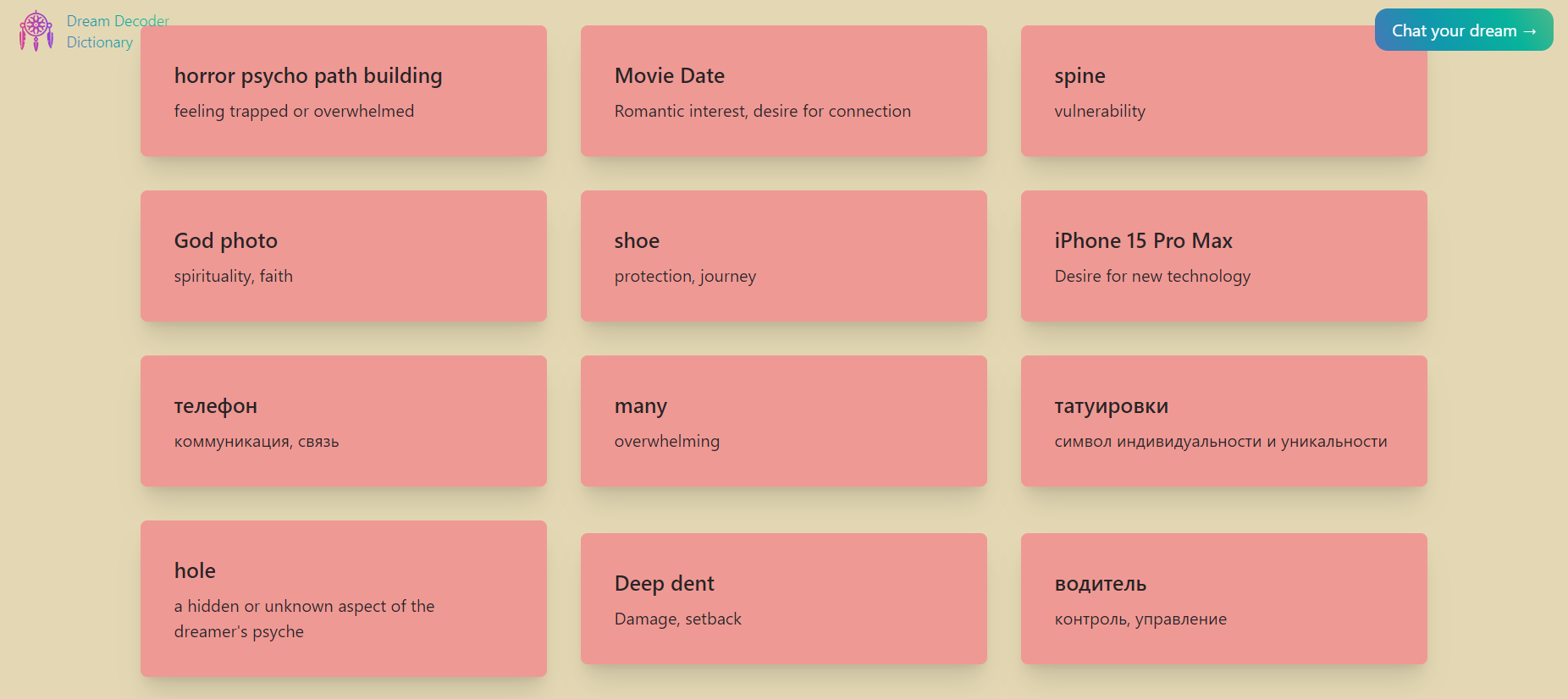
Understanding dream interpretations and types of dreams
Before we delve too far into the realm of AI-assisted dream interpretation, it’s important to understand the foundations of dream analysis. Dreams are highly personal and subjective experiences unique to each individual. They are influenced by our subconscious mind, memories, waking life experiences, emotions, and even external stimuli. Dream interpretations, therefore, involve deciphering the hidden meanings behind the symbols, events, and emotions experienced during sleep.
For centuries, psychologists, therapists, and spiritual gurus have developed various theories and frameworks to help interpret dreams. From Sigmund Freud’s psychoanalytic approach to Carl Jung’s archetypal symbols, each interpretation method offers a different perspective on the fascinating world of dreams. AI, however, presents a whole new dimension to this age-old practice.
One of the most intriguing aspects of dream interpretation is the role of symbolism. Dreams often present themselves in the form of symbols, which can be both universal and personal. Universal symbols, such as water representing emotions or flying symbolizing freedom, are shared across cultures and have similar meanings for most individuals. On the other hand, personal symbols are unique to each dreamer and may be influenced by their own fears, personal experiences, beliefs, and cultural background.
Another important element in dream analysis is the emotions experienced during the dream. Emotions in vivid dreams can provide a glimpse into the dreamer’s subconscious state and can help uncover underlying feelings or unresolved issues. For example, a dream filled with fear and anxiety may indicate hidden fears or insecurities in the dreamer’s waking life, while a dream filled with joy and excitement may signify a sense of fulfillment or happiness.
Furthermore, the events and narrative structure of a dream can also hold significant meaning. Dreams often unfold in a nonlinear and fragmented manner, making it challenging to decipher their message. However, analyzing the sequence of events, recurring themes, and the overall storyline can provide valuable clues about the dreamer’s thoughts, desires, and concerns.
With the advent of artificial intelligence, dream interpretation has entered a new era. AI algorithms can analyze vast amounts of dream data, identify patterns, and generate insights that were previously inaccessible. By utilizing machine learning techniques, AI-assisted dream interpretation can offer a more comprehensive and accurate understanding of dreams, taking into account a wider range of factors and providing personalized interpretations tailored to each individual.
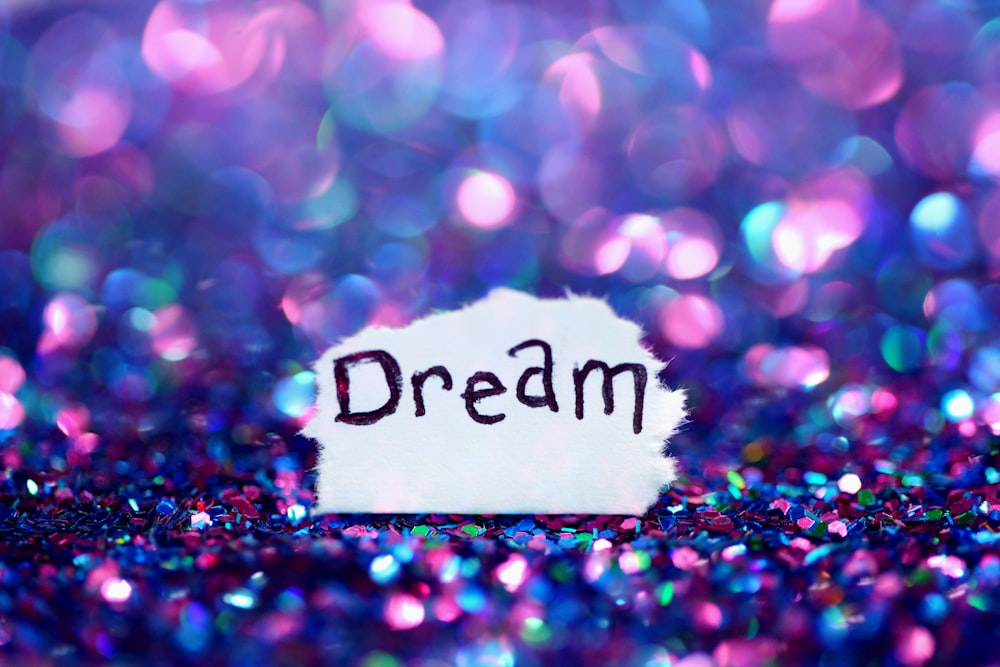
Dream interpretation is a fascinating field that combines psychology, spirituality, and now, artificial intelligence. By understanding the foundations of dream analysis, including symbolism, emotions, and narrative structure, we can unlock the hidden meanings behind our dreams and explore our subconscious mind. With the help of AI, dream interpretation is evolving, offering new possibilities for understanding and exploring the mysterious realm of dreams.
The potential benefits of AI dream decoding
The benefits of AI dream decoding are vast, extending beyond mere curiosity and entertainment, like using a dream dictionary to look up certain elements. By gaining insights into our dreams, we can embark on a journey of personal growth and self-understanding.
Personal growth and self-understanding
Dream interpretations can provide a deeper understanding of our subconscious desires, fears, and motivations. With AI’s assistance, we can identify recurring patterns and themes in our dreams, shedding light on areas of our lives that may require attention or exploration. Armed with this knowledge, we can make more informed decisions and foster personal growth.
Imagine a dream where you find yourself in a vast, open field. The sun is shining brightly, and you feel a sense of freedom and joy. Through AI dream decoding, you may discover that this recurring dream symbolizes your desire for more freedom and spontaneity in your waking life. Armed with this insight, you can take steps to incorporate these types of things into your daily routine, leading to a greater sense of fulfillment and personal growth.
Furthermore, AI dream decoding can help us uncover the hidden meanings behind seemingly bizarre or nonsensical dream scenarios. For example, if you frequently dream about flying, AI analysis may reveal that this symbolizes a desire for liberation or a need to escape from a restrictive situation. With this info, you can explore ways to address these underlying needs and make positive changes in your life.

Mental health implications
Dreams have long been linked to mental health, and AI dream decoding holds the potential to revolutionize therapeutic practices. By uncovering the hidden messages in certain types of dreams, AI could provide a window into emotions and thoughts outside our typical conscious awareness. This helps therapists treat conditions such as anxiety, depression, and trauma. AI can even help professionals treat a sleep disorder. This technology could pave the way for more targeted and effective interventions, improving the lives of countless individuals.
Consider a scenario where someone who has experienced a traumatic event consistently has nightmares. Through AI dream decoding, therapists can gain a deeper understanding of the underlying emotions and fears associated with these nightmares. Then, therapists can tailor their treatment approaches to address specific triggers and provide more targeted support, ultimately leading to improved mental well-being for the individual.
AI dream decoding can also assist in identifying early warning signs of mental health conditions. By analyzing dream patterns and themes over time, AI algorithms can detect changes that may indicate the onset of conditions such as depression or anxiety. This early detection can enable individuals to seek timely intervention and receive the support they need to prevent the escalation of their mental health challenges.
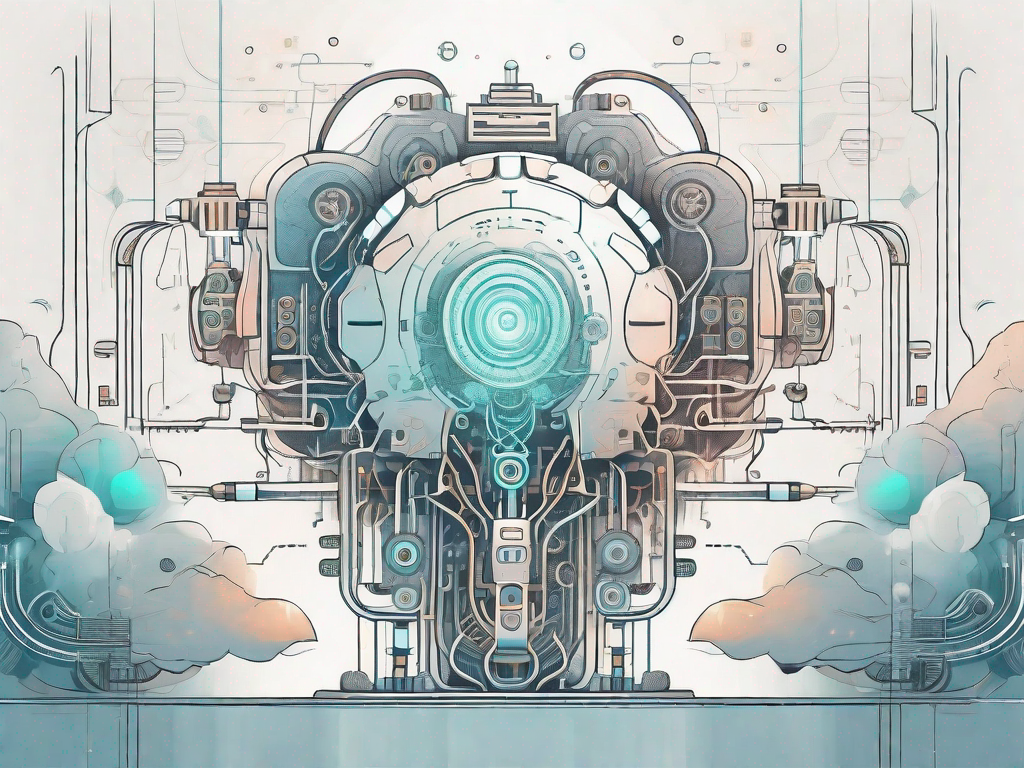
Common dreams and possible Meanings
We all have encountered dream experiences that seem strangely common. Dreams about falling, being chased, or flying are just a few examples. But what do these recurring dreams actually mean? Let’s take a closer look at some of the most common dreams and their possible interpretations.
Falling
Have you ever had a dream where you were falling from a great height? Falling dreams are a common occurrence and often leave us feeling unsettled upon waking up.
While there is no one-size-fits-all interpretation, falling dreams may symbolize a lack of control or a fear of failure. They can also reflect a sense of insecurity or anxiety in certain aspects of your life. Exploring the emotions and events surrounding the dream may help unlock its true meaning.
Being chased
Now, let’s move on to another intriguing dream theme – being chased. Have you ever had a dream where you were being pursued by someone or something? Dreams about being chased may indicate a sense of vulnerability or avoidance in facing problems.
It could be a reflection of your subconscious mind trying to bring your attention to unresolved issues or fears that you may be avoiding in your waking life. Understanding the context and emotions of the dream can lead to a deeper dive into your inner thoughts and emotions.
Flying
On a lighter note, what if you dream about flying? Have you ever dreamt of soaring through the sky, effortlessly gliding above the clouds? Flying dreams might represent a desire for freedom or the need to break free from constraints.
They can symbolize a sense of empowerment and the ability to rise above challenges in your life. Flying dreams often leave us with a feeling of exhilaration and liberation, reminding us of the endless possibilities that exist within us.
Teeth falling out
Another intriguing dream theme that many people experience is teeth fall. Have you ever had a dream where your teeth were crumbling or falling out? Teeth falling out dreams or dreams that involve losing teeth could symbolize worries about your appearance or communication difficulties. They may reflect feelings of insecurity or a fear of being judged by others. Exploring the emotions and events surrounding the dream can help you to explore your self-image and interpersonal relationships.

Tips for analyzing and interpreting your dreams in waking life
Understanding dreams requires a combination of introspection and analysis. Here are a few tips to help you delve deeper into the hidden nature of meanings:
- Keep a dream journal: Recording your dreams immediately upon waking can help capture vivid details and emotions. This journal can serve as a valuable resource for future analysis. Take note of any recurring symbols or themes that appear in your dreams.
- Identify recurring themes: Pay attention to common symbols, emotions, and events that frequently appear in your dreams. This can be anything from being naked in public to falling to the presence of water. These recurring motifs may hold key insights into your subconscious mind. Look for patterns and connections between different dreams.
- Explore personal connections: Digging into your personal life, relationships, and experiences can provide valuable context for interpreting your dreams. Look for connections between the dream and your waking life. Consider how the dream may relate to your current emotions, challenges, or aspirations.
Navigating the AI dreamscape with dream decoding
As AI technology continues to advance, the integration of AI into dream analysis holds exciting possibilities. AI dream decoders can help individuals gain deeper insights into their dreams, offering alternative interpretations and fresh perspectives.
Unlocking the possibilities of AI-assisted dream analysis
With AI-assisted dream interpretation, we can tap into the creative potential of machine learning algorithms to enrich our understanding of dreams. These technologies can serve as valuable tools for personal introspection, self-discovery, and personal growth. They expand the horizons of dream analysis, empowering individuals to explore their inner worlds with newfound clarity.
So, if you find yourself pondering the meaning of your dreams, consider inviting AI into the conversation. Let it guide your reflections and inspire your interpretations. After all, dreams are like puzzles waiting to be solved, and AI might just hold the key to unlock the mysteries of the unconscious mind.

The future of AI in dream analysis
As AI dream decoding continues to evolve, we can expect exciting innovations and further advancements in the field.
Dreams have long fascinated and perplexed humans, offering glimpses into the depths of our subconscious minds. With the integration of artificial intelligence in dream analysis, we have a powerful tool that can help us unlock the secrets hidden within our dreams.
Upcoming innovations in AI dream decoding
Researchers are constantly improving AI algorithms to enhance the accuracy and comprehensiveness of dream analysis. In the future, we may see AI systems that can not only interpret dreams but also provide personalized recommendations and strategies for personal growth and well-being.
Imagine a world where AI can not only decipher the symbols and meanings in our dreams but also offer tailored advice on how to navigate the challenges and opportunities they represent. These AI systems could provide insights into our deepest desires, fears, and aspirations, helping us make better decisions and live more fulfilling lives.
Furthermore, the integration of AI with other therapeutic approaches holds immense potential for helping individuals navigate the complexities of their dreams and minds. AI could work in tandem with psychologists and therapists, offering a holistic approach to dream analysis.
Dream dictionary
Prior to the use of AI for dream interpretations, dream dictionaries were used to decipher dreams and are still popular today.
A dream dictionary is a genre of literature that purports to offer interpretations of symbols and themes that may occur in dreams. Rooted in the ancient tradition of dream interpretation, these dictionaries categorize common dream symbols and suggest what they might represent or signify for the dreamer. The idea behind them is to help individuals decipher the meanings of their dreams and, ostensibly, gain insight into their unconscious minds or even foresee events.

The practice of dream interpretation dates back thousands of years, with one of the earliest known dream dictionaries being the “Cheiromantia,” a Greek text from the 2nd century AD. Over the centuries, numerous cultures have developed their own traditions of dream interpretation, from the Egyptians and Babylonians to the Chinese and Native Americans. Many of these ancient traditions believed that dreams could provide divine insight or foretell future events, a belief that has carried into some modern interpretations of dreams.
The methodology behind dream dictionaries can vary widely. Some may draw on psychological theories, such as those of Sigmund Freud or Carl Jung, who proposed that dreams are a window into the unconscious mind. Others may draw on mystical or spiritual traditions or simply folk wisdom. However, the field of psychology largely regards the interpretations provided by dream dictionaries as too simplistic or even arbitrary. Scientifically, the study of dreams, or oneirology, aims to understand the processes and potential functions of dreaming from a neurological and psychological perspective, often sidelining the more mystical or symbolic interpretations found in a typical dream dictionary.
Dream dictionaries continue to be popular among certain audiences, often those interested in spirituality, mysticism, or self-help. They can be found in bookstores, online, or as part of software applications. Despite their popularity, individuals interested in understanding their dreams might be better served by engaging in personal reflection or consulting with a trained therapist who can help explore personal, individualized meanings of dream symbols rather than relying on generalized interpretations from a dream dictionary. Nonetheless, exploring dream dictionaries can be a fun or enlightening exercise for those curious about the symbolic realm of dreaming.

Ethical considerations and challenges
While AI dream decoding offers tremendous possibilities, it also poses ethical considerations and challenges. Privacy and consent are paramount when dealing with deeply personal information contained within dreams.
As AI systems become more sophisticated in analyzing and interpreting dreams, it’s crucial to ensure that individuals’ privacy is protected. Striking a balance between the benefits of AI analysis and the protection of individual privacy will be crucial as this technology continues to develop.
Additionally, the ethical implications of relying solely on AI for dream analysis should be carefully examined. Human involvement and oversight are essential to maintain a compassionate and empathetic approach to interpreting dreams. AI should be seen as a tool to augment human understanding rather than replace it entirely.
Unlocking the secrets of our dreams has always been a quest for insight and self-discovery. Now, with AI dream decoding, we have a powerful ally in unraveling the mysteries of our subconscious minds. Through its systematic analysis and unbiased interpretation, AI offers a unique perspective on dreaming that can deepen our understanding of ourselves and promote personal growth.
However, it is important to remember that dreams are complex and multifaceted. They can be influenced by various factors, including personal experiences, cultural backgrounds, and individual psychology. AI dream decoding should be seen as a complementary tool that works in conjunction with other approaches to dream analysis.
As AI dream decoding continues to advance, like the many other AI tools available, we can look forward to a future where our dreams become even more profound sources of wisdom and self-reflection. With the integration of AI, we may discover new dimensions of our dreams that were previously inaccessible, leading to unprecedented insights and personal transformation. Why not give it a shot?
Inge von Aulock
I'm the Founder & CEO of Top Apps, the #1 App directory available online. In my spare time, I write about Technology, Artificial Intelligence, and review apps and tools I've tried, right here on the Top Apps blog.
Recent Articles

Artificial Intelligence (AI) is everywhere, but for many, it remains a mystery. What exactly is AI, and how does it impact our daily...
Read More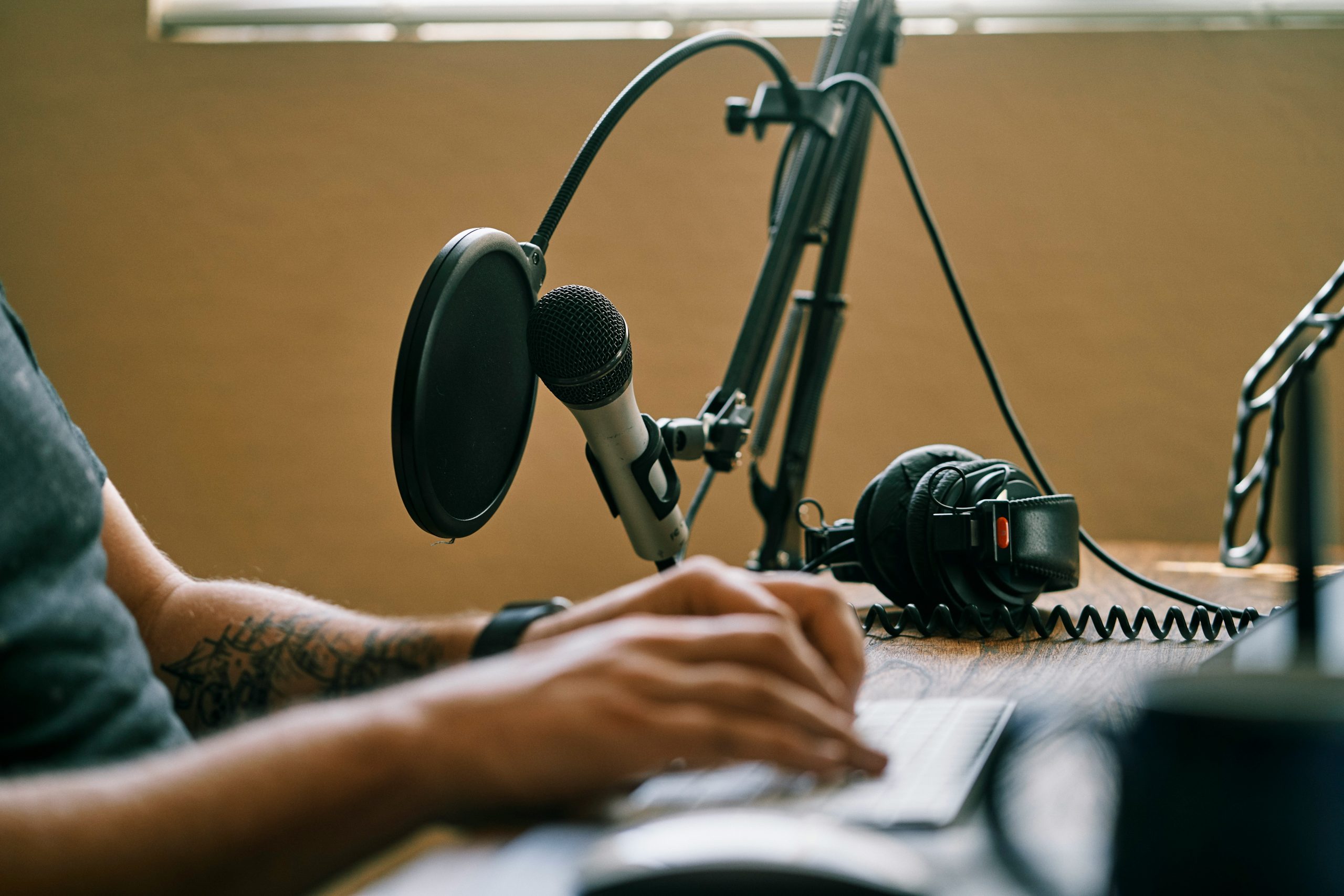
Interested in sharpening your AI knowledge base? We have all the best advice for staying ahead of the latest AI innovations and trends...
Read More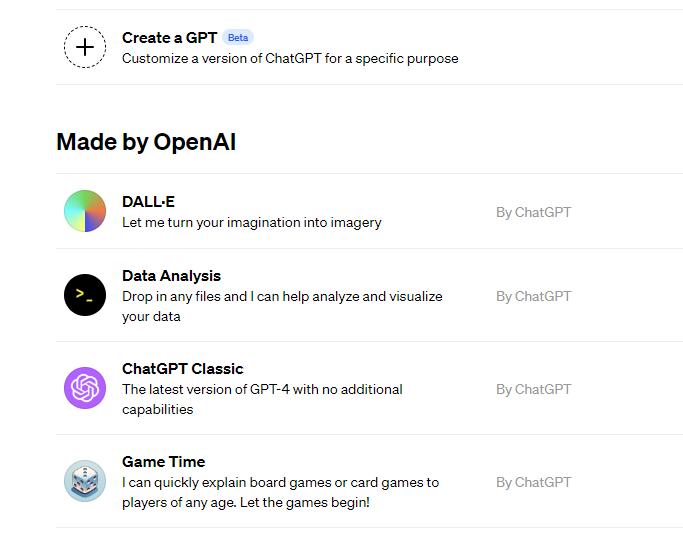
Learn how OpenAI's GPT Builder transforms coding, content creation, and more. Uncover its user-friendly side and dive into a future of AI accessibility...
Read More